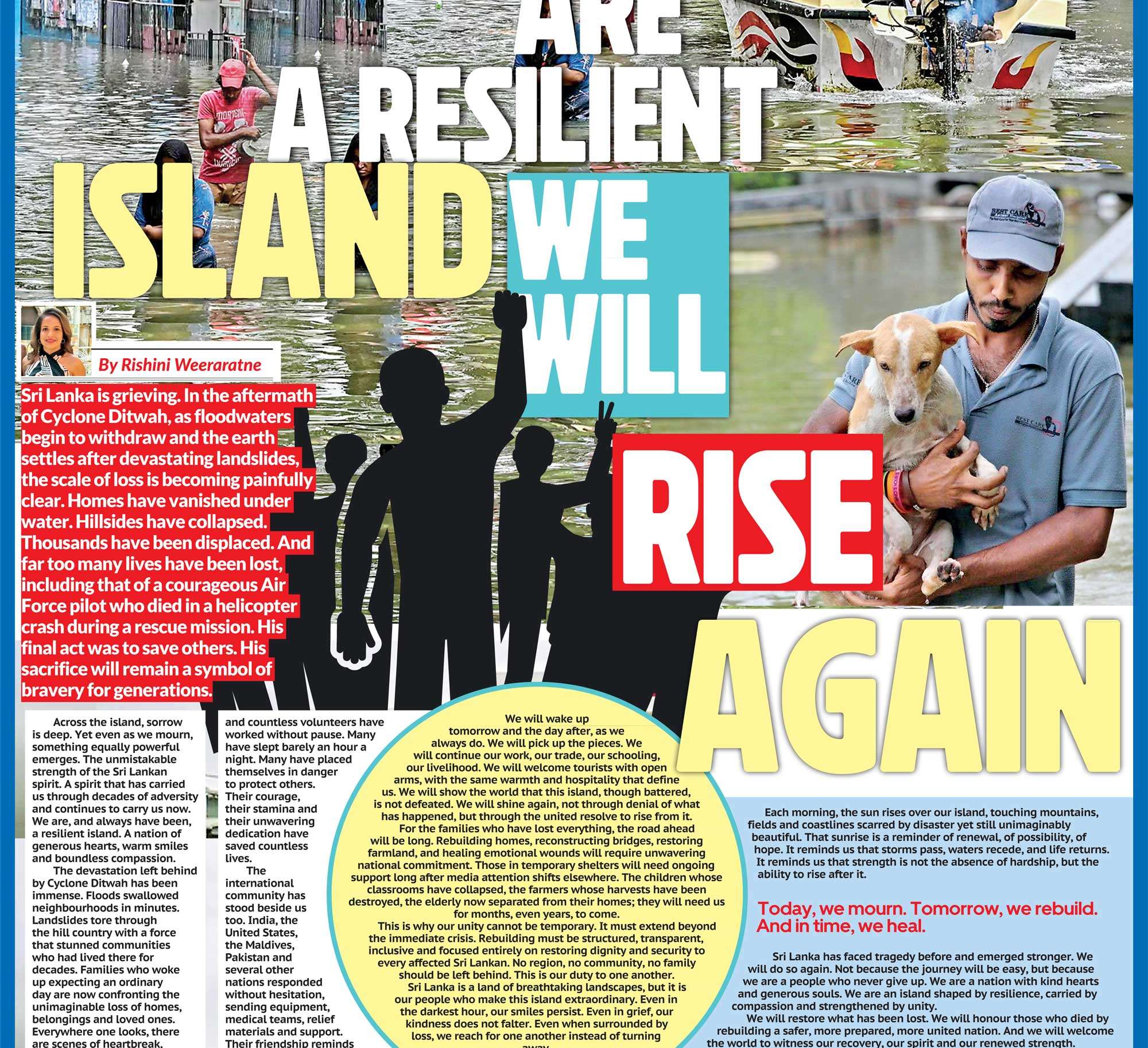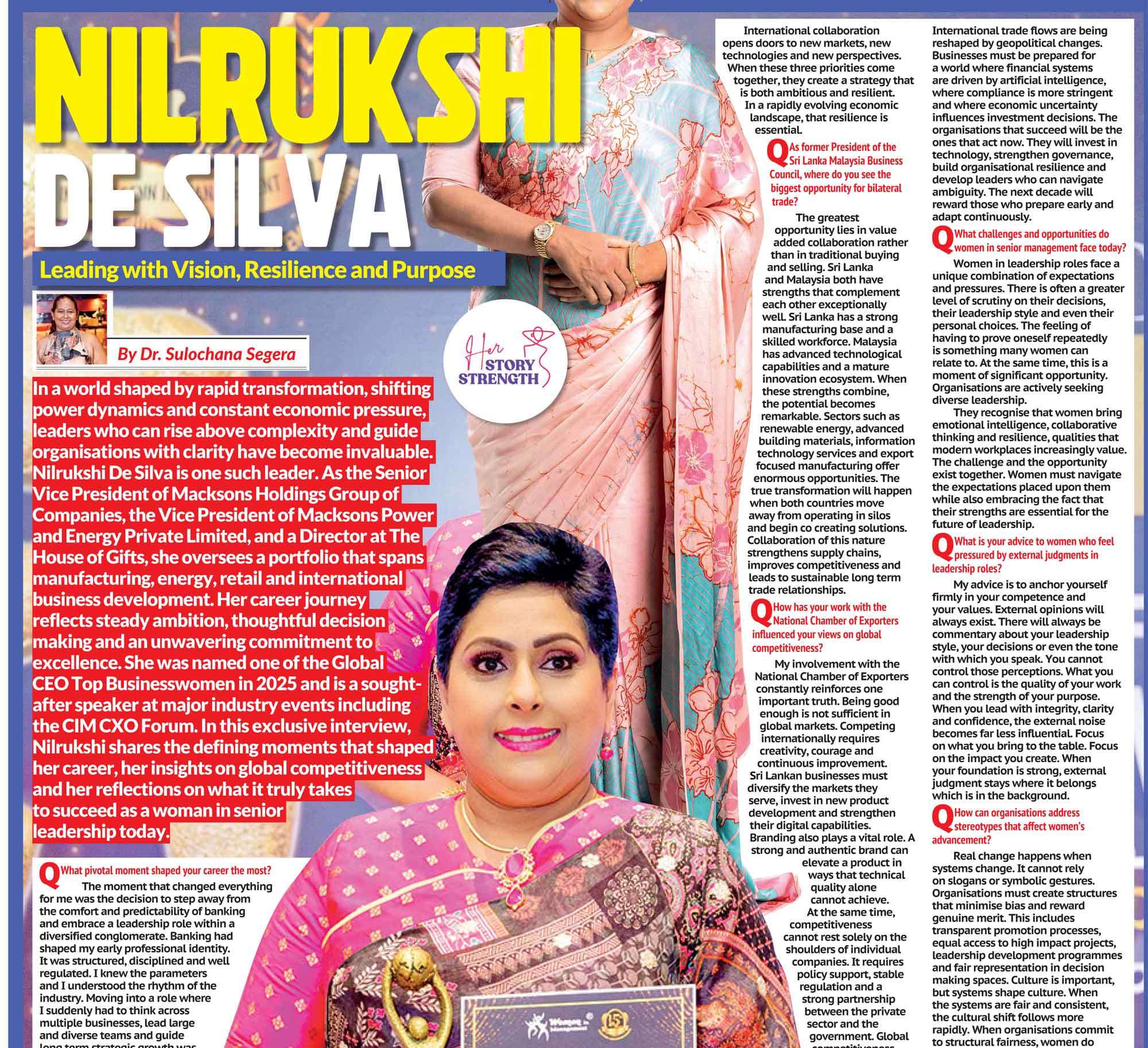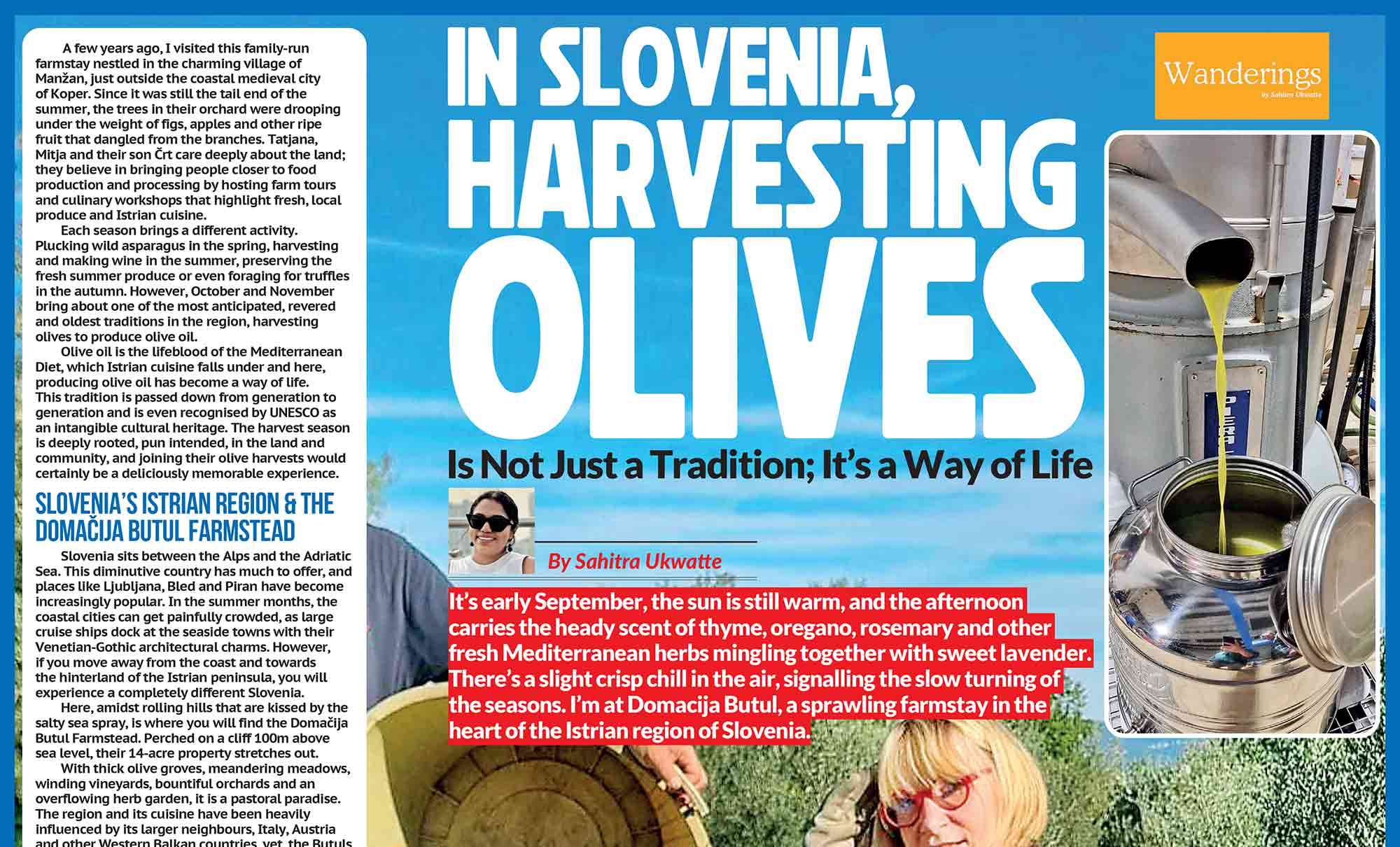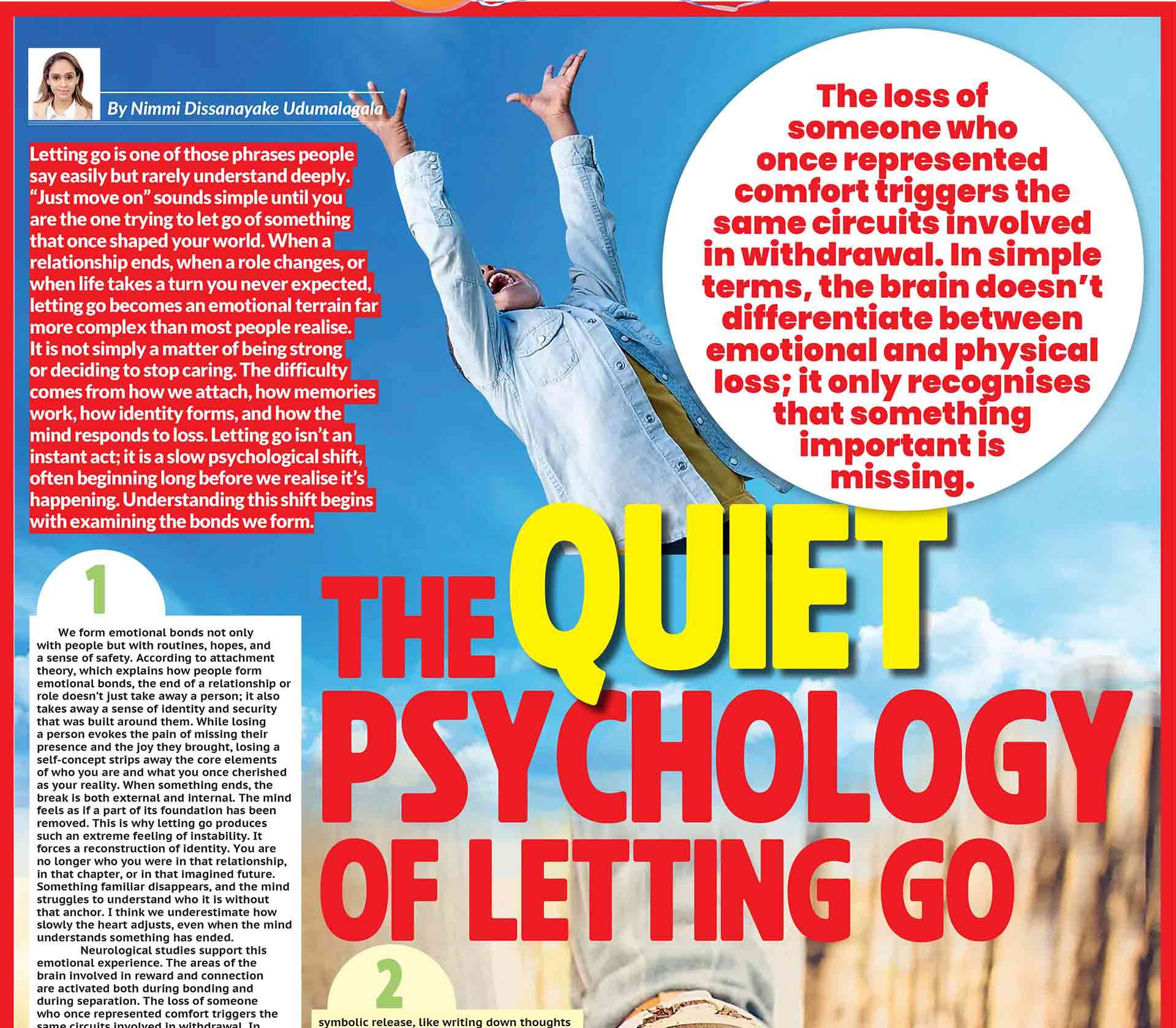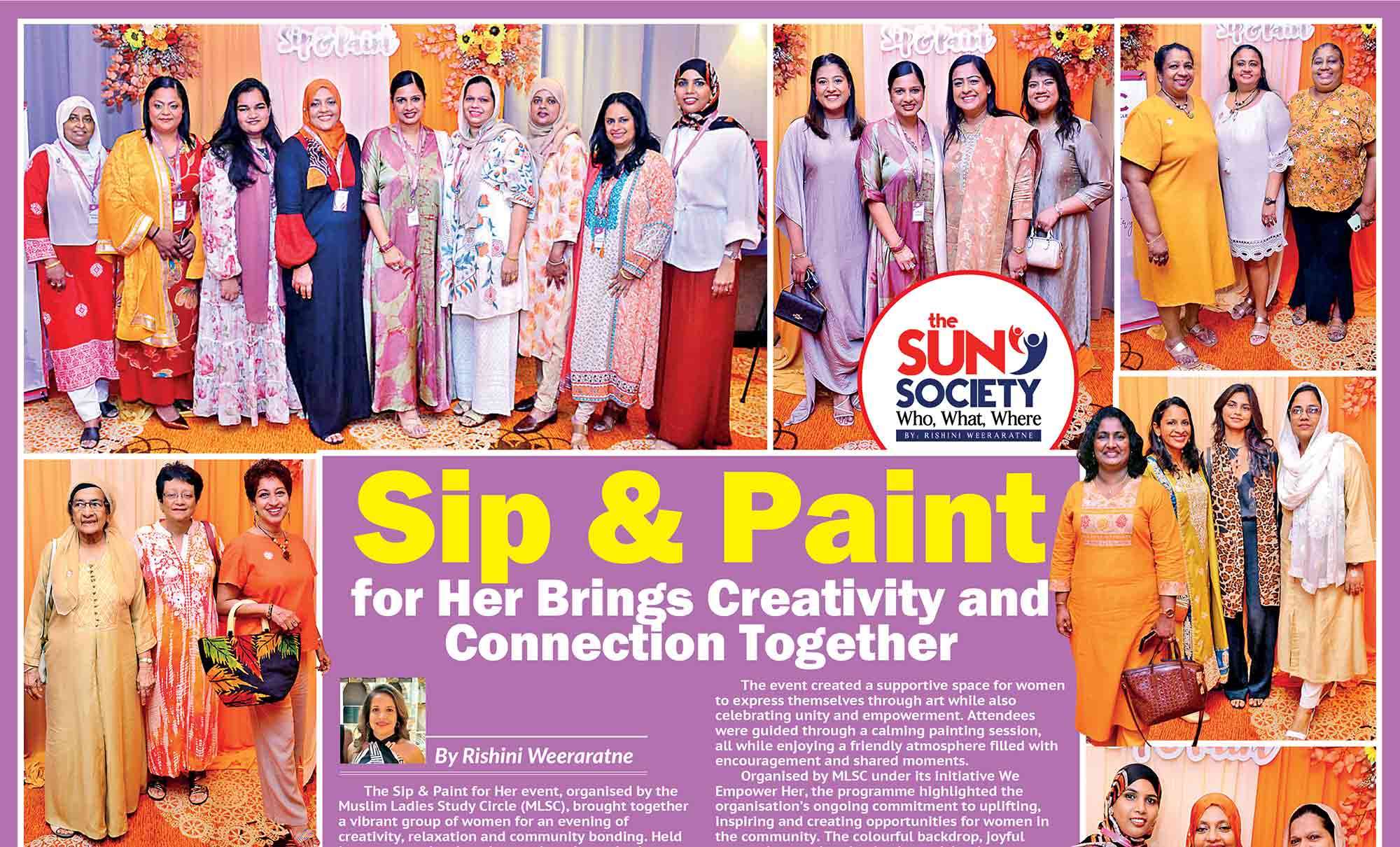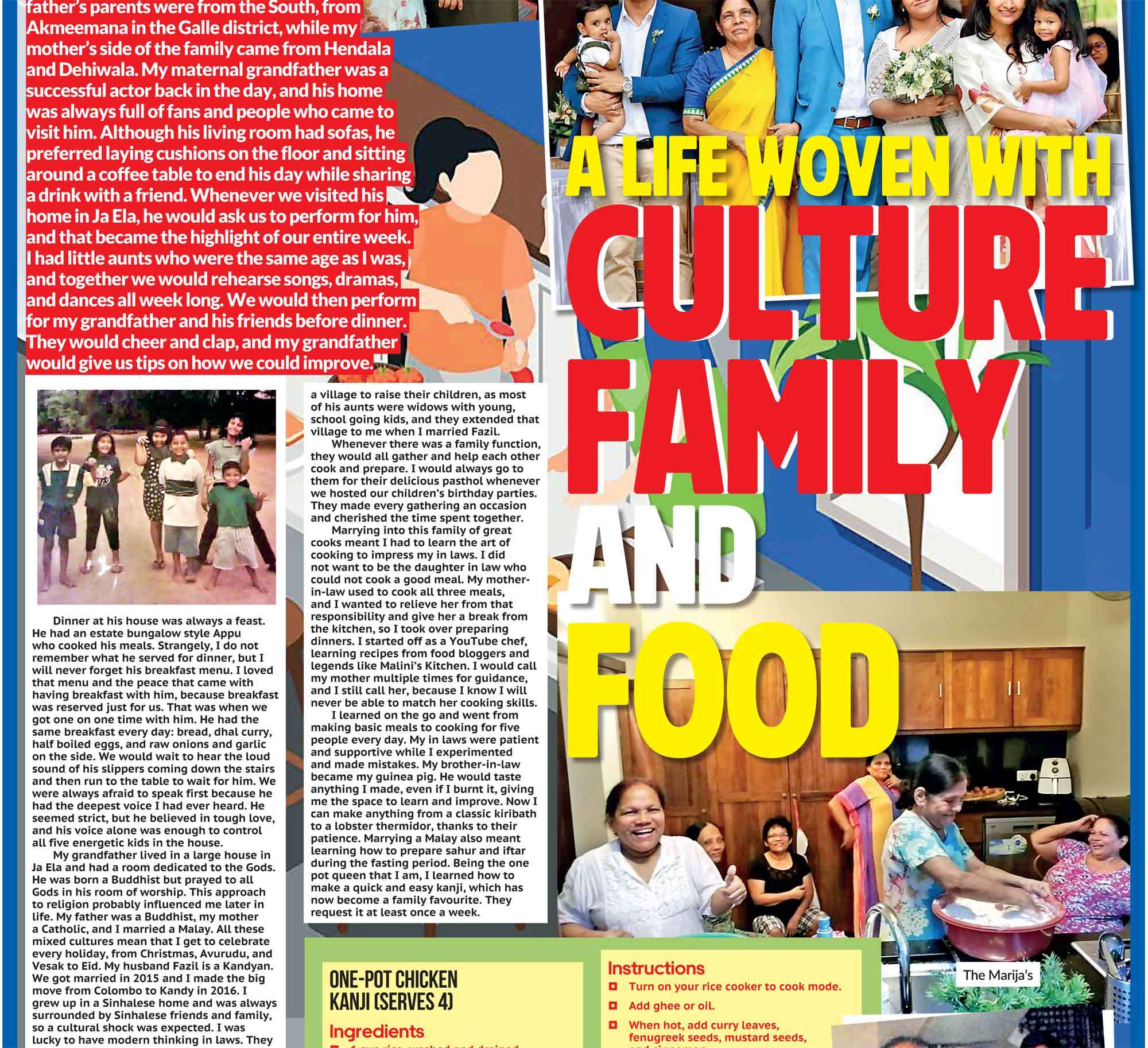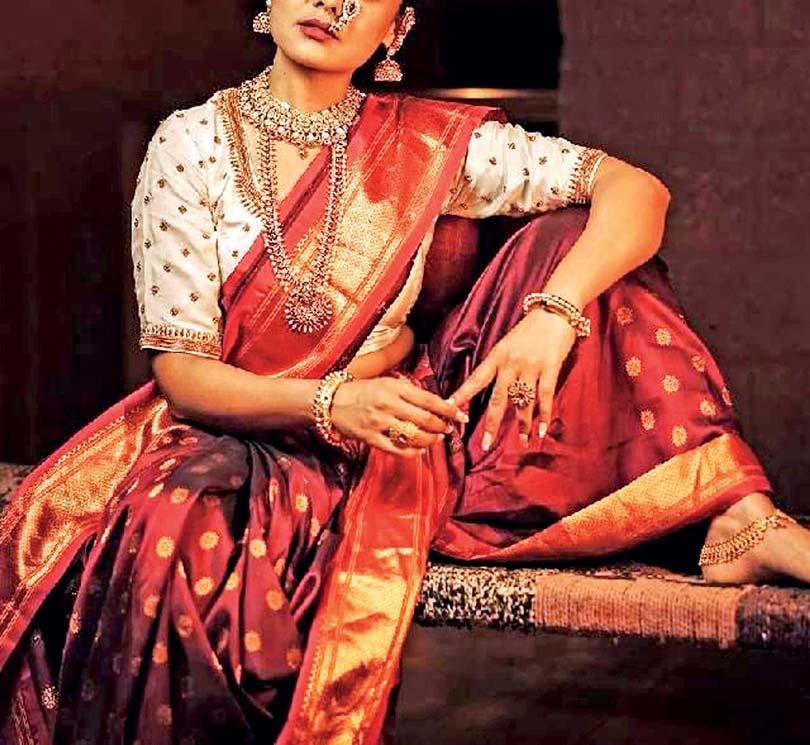
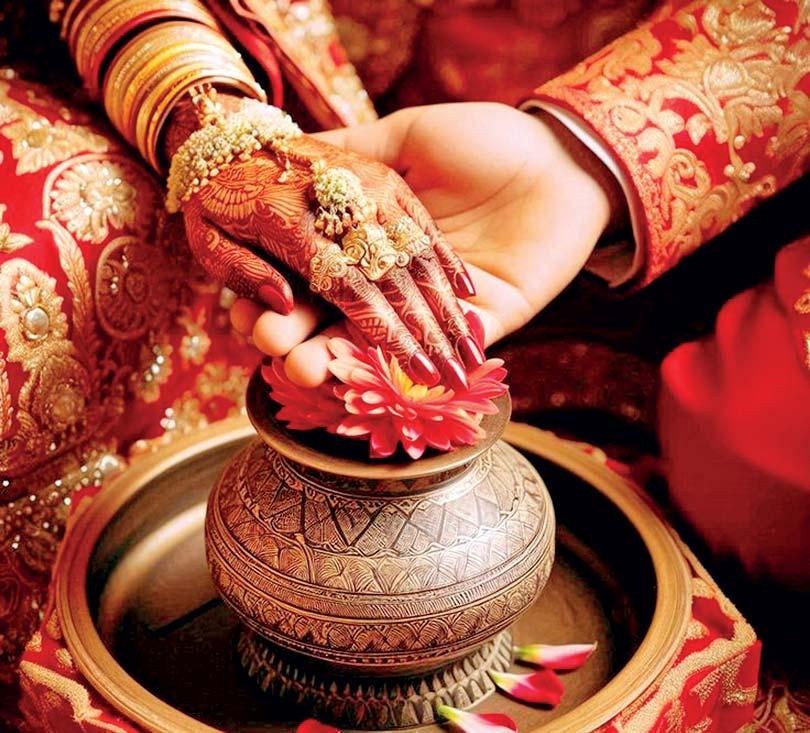
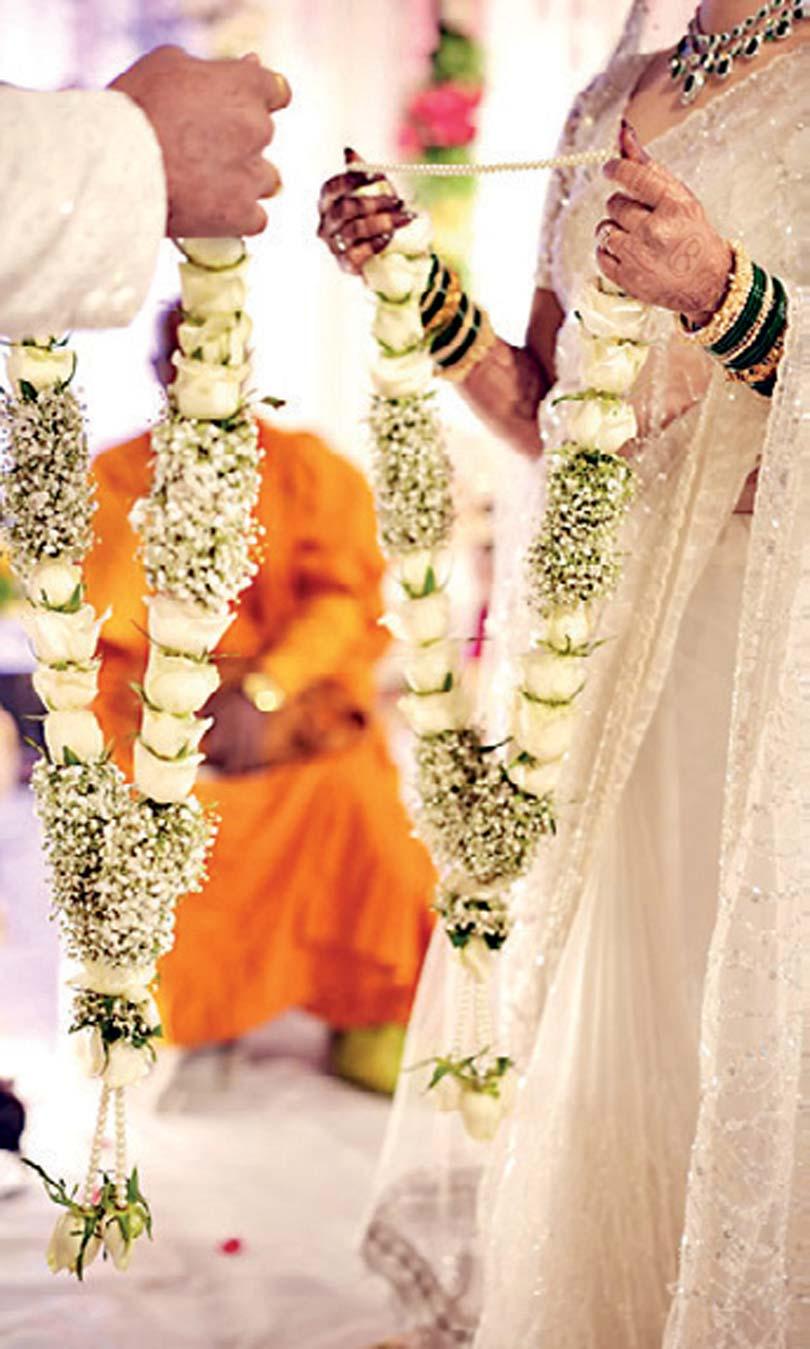
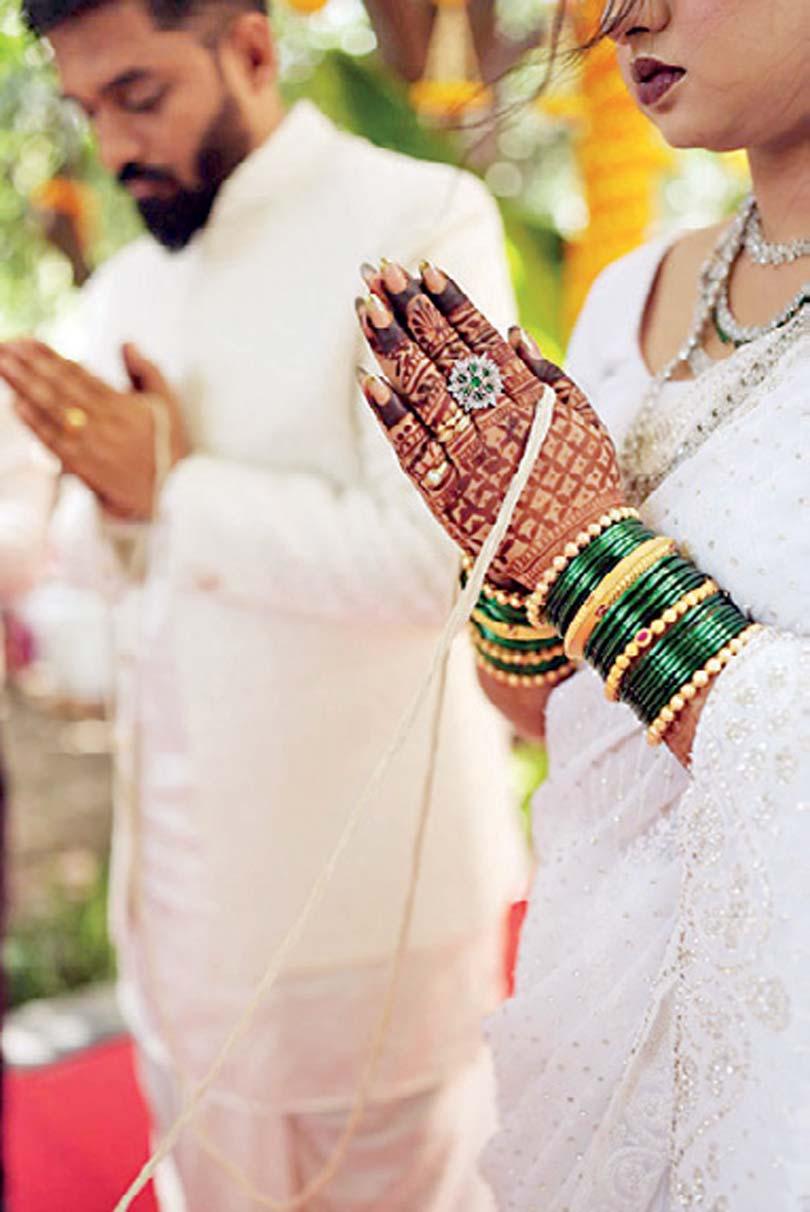
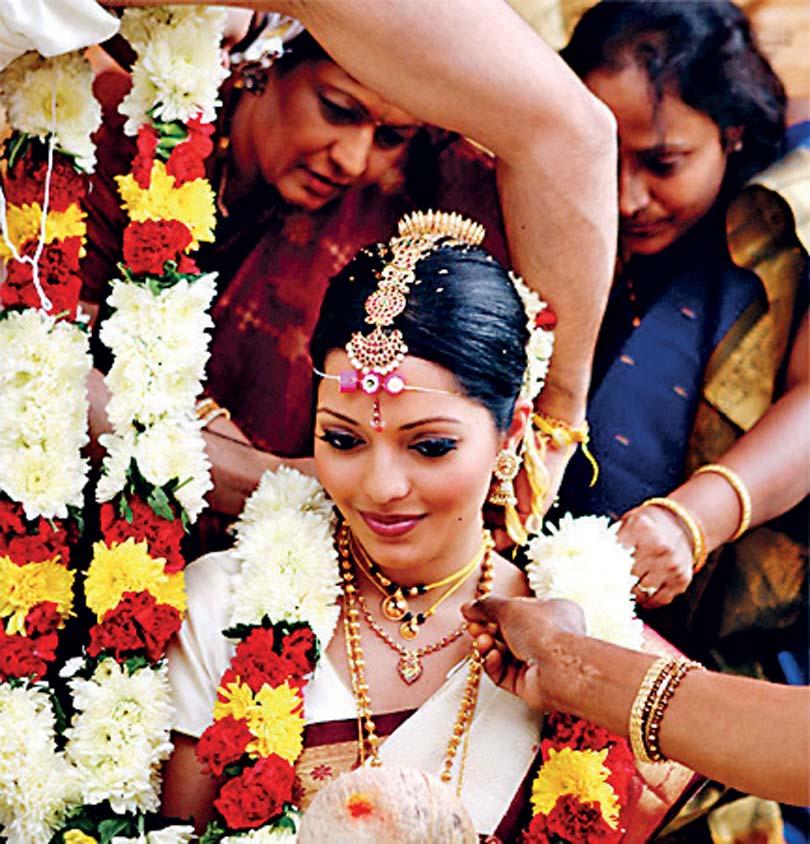
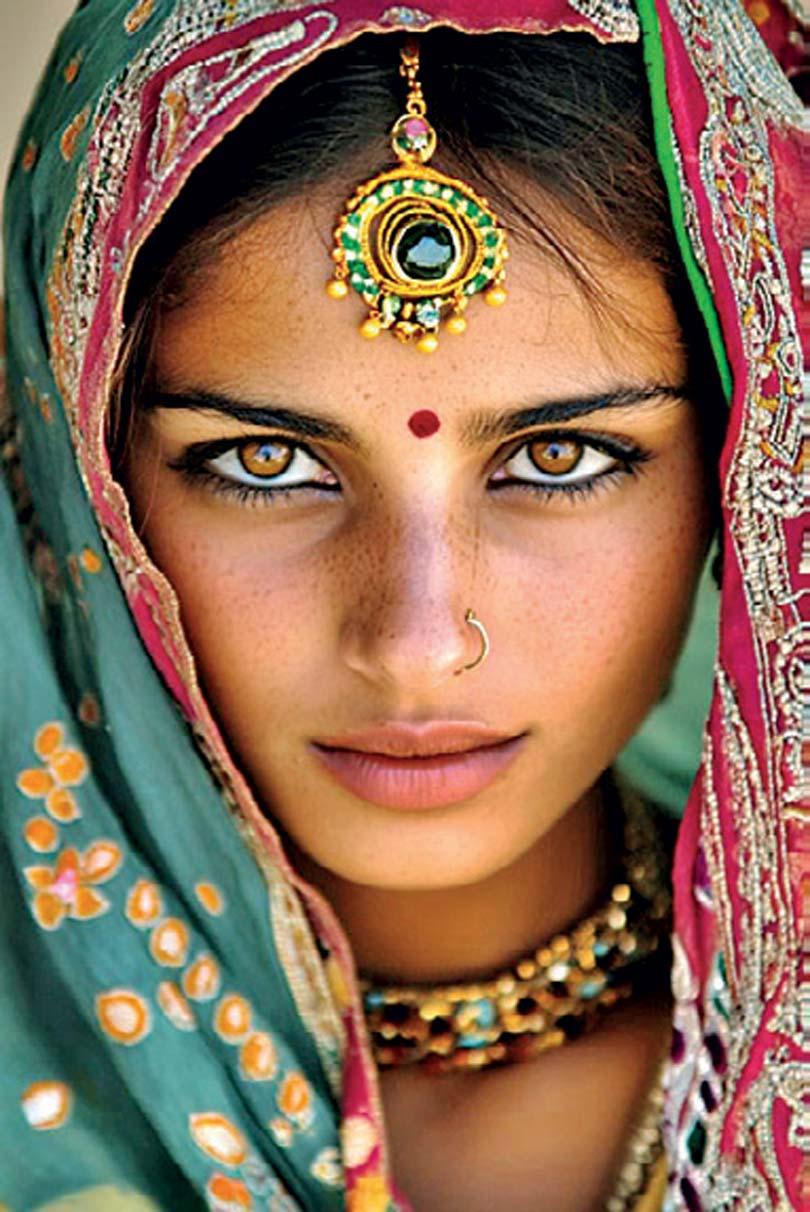
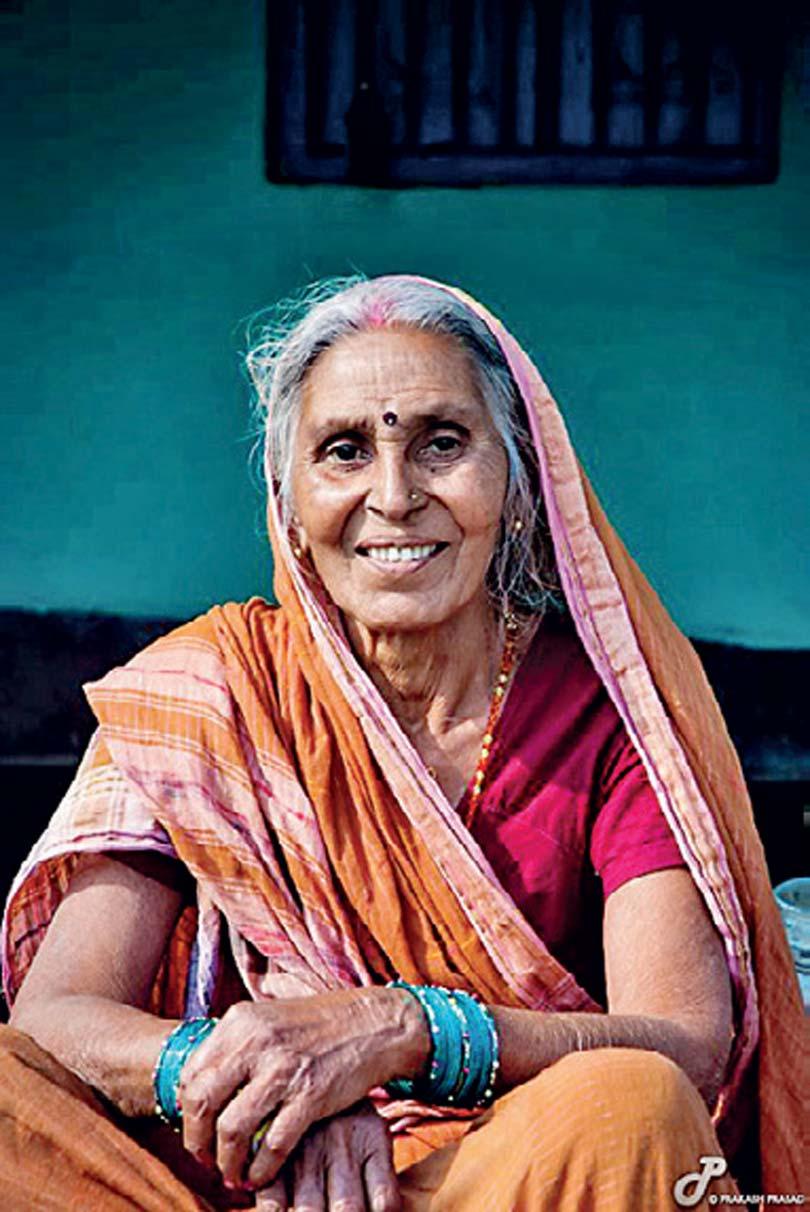



 I truly and with genuine honesty wish that before people claim to be drawing from ‘culture’ they actually use the (free) Webster›s dictionary online to educate themselves on the meaning of ‹culture.’ In times when anything and everything goes, and usually does, we must make an effort to ensure that whatever ‹goes› does not go to hell! Simply knowing what one is speaking about, and also doing some basic referencing before stepping in a pile of problems, is the basis, I should think of doing anything in life.
I truly and with genuine honesty wish that before people claim to be drawing from ‘culture’ they actually use the (free) Webster›s dictionary online to educate themselves on the meaning of ‹culture.’ In times when anything and everything goes, and usually does, we must make an effort to ensure that whatever ‹goes› does not go to hell! Simply knowing what one is speaking about, and also doing some basic referencing before stepping in a pile of problems, is the basis, I should think of doing anything in life.
1
The world media shining a spotlight on the recent taking liberties with “creative licensing” at Prada, with their cultural appropriation of the Kolhapuri sandals; without any creative credit given, only highlights the sensitivity of the times we live in. One should not just decide to take what does not belong to you, or for that matter say you ‘created’ anything that in reality, you did not and slap one’s name on it. Many would say this was being over-sensitive but in truth there needs to be accountability for what is done, and credit given where credit is due. Am sure the focus on the brand was helpful in boosting their global sales, and they did end up making a beautifully packaged ‘PR statement’ that satisfied the world. This is not an exception cornered by European mega brands, but something we see in our beautiful land as well.
Without getting to the most obvious which are the multi-confusion weddings, let us begin by looking at the more basic and easily relatable areas where culture is barbarically butchered such as food, and fashion. What pray tell, is “Lump-
2
Rice”? This frightful interpretation of the ‘Lamprais,’ a derivative of the Dutch ‘Lomprijst,’ is a unique product of Dutch (with a dash of Javanese) colonial cuisine and is not a preparation undertaken by the faint hearted. Laborious to prepare, to say the least, this tasty treat in Banana leaf wrapping, is now as near extinct as the Dodo bird. Now anything and everything wrapped in a Banana leaf, including curries simply slathered on top of yellow rice, is passed off, much to the horror of the few who know better, as Lamprais. These ‘Lump-rice’ true to its name is a lump of carbohydrates with a dash of some meat, simply marketed at a higher price than the regular rice and curry. Now there are a few wonderful people (usually smaller operations) that actually make genuine Lamprais, and these are so valued, and treasured, because many know that this is a ‹dying breed› of culinary expertise, and authenticity.
From what I recall, seeing my splendid grandmother (who wore saree on almost a daily basis draped in the traditional Indian style), and mother who also wore the same drape, sarees were not a confusing garment, but one of supreme elegance, and utmost ease, no matter the weather, the body-type or the occasion.
My grandmother, and now my sister Dinushka, and I, wear our Pallu almost to the floor, which doubles as a wrap around the shoulders, when some locations are over-zealous with the AC, and is also a superb sun-vis when the need arises. Locally, the Osariya is another beautiful garment, which has many cultural connotations, and is a benchmark for a uniquely Sri Lankan garment. Culturally there is always room for different and unique drapes based on the regions of our northern neighbour with each adding its own natural nuances. From the Coorg in Karanataka, Maharashtrian Nauvari, to the Bengali drape, the subtle variations are numerous and that too can be seen changing
3
from within the districts and cultures as well.
To be inspired is awesome, to emulate is the biggest compliment, but to re-interpret to the point of ruination should be an absolute no. I have, unfortunately, seen some saree drapes where a complete mish-mash of North, South, East and West was thrown together with bad assembling, and even worse draping / fit. These are a desperate cry for attention, where the wearer believes that looking like a saree creation by Dr. Frankenstein makes them unique and stand-out. Maybe they stand-out in what NOT to wear if one has any self-respect or dignity? With drapes that would require one to-be a contortionist to use the restroom, to the tackiest of glittering glare attached to it, these are simply some designer’s mis-guided dreams, brought to life to give us virulent nightmares! While on the topic, these ‘designers’, they can be educated in the field or self-taught, but common sense should play some part of their creations. When Newton would look on in fear that gravity was about to be challenged (and not in a good way!), and sensible adults cover their young children’s eyes in order to avert trauma, that is not a designer saree triumph, but a designer saree travesty.
Another aspect of cultural catastrophes is the simple (not anymore!) saree jackets. My saree jackets are usually long (to the waist) and also in most cases include sleeves. I maybe a traditionalist bore, but I do not think that wearing a string bikini top as a saree jacket, is apropos. Actually, the string bikini saree jacket with miniscule coverage that would make an exotic dancer blush, is even worse. If one is channelling the historically accurate and are drawing from the bygone cultural avenues of the Rodiya community, that is a whole other story, but to say that this nakedness is a “saree jacket’ is just a calamitous crime. Then again if one has flexed one’s wallet and paid some delusional designer to create the said look, one can find some equally misguided justification for wearing the same.
Weddings and those cultural catastrophes I am leaving for another time, because that is a whole other heap of missteps and malpractices to say the least. The simplest way, in my humble opinion, to avoid being highlighted for one’s lack-of-style, that would make the mythical Phoenix want to return to the ashes, is to keep it real, keep in simple, and honour the roots and heritage from where the originals derive.
As I said use one’s innate senses and add unique style twists, but all the while staying true to the source-codes, which may be hundred, if not thousands of years in the making. Most importantly be aware and respectful, understanding that cultural sensitives come into play, and while you may be the most fashion forward, the original was, is and always will be, “number one.”

